Exploring Kitchen Sink Plumbing: Key Components and Functions Explained
Plumbing is one of the most essential systems in any kitchen, yet many homeowners are unfamiliar with how it actually works. Understanding the components of your plumbing kitchen sink not only helps in basic troubleshooting but also empowers you to make informed decisions during repairs, upgrades, or renovations.
This guide will walk you through the key parts of a kitchen sink plumbing system and explain how each component functions within the system.
1. The Kitchen Sink Basin
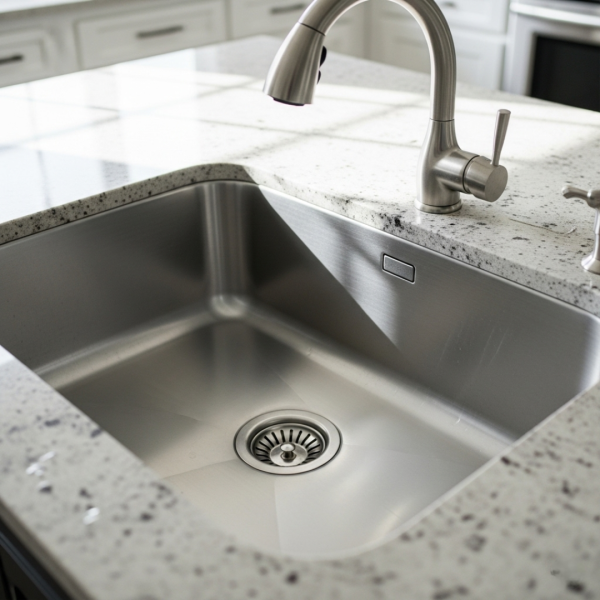
The sink basin is the visible part of your kitchen sink where all the activity takes place washing dishes, preparing food, and cleaning produce. It is typically made from materials like stainless steel, porcelain, or composite stone. Water flows into the basin through the faucet and exits through a drain at the bottom, entering the plumbing system below.
While the basin seems simple, its design must support efficient drainage and resist wear over time.
2. The Strainer and Strainer Basket
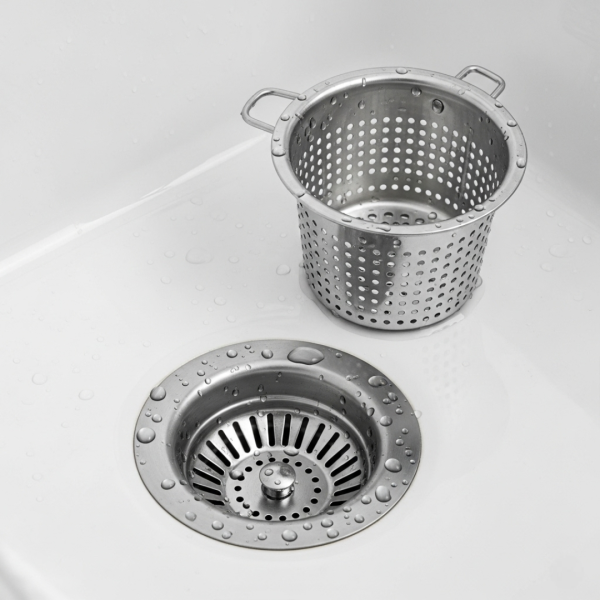
Located at the bottom of the basin, the strainer allows water to pass into the drain while catching solid debris. Most sinks include a removable strainer basket, which can be lifted out to discard food waste. This component plays a critical role in preventing clogs in the downstream plumbing.
Educating household members on proper use of the strainer such as avoiding pouring grease or large food particles down the drain can help extend the life of your plumbing system.
3. The Tailpiece
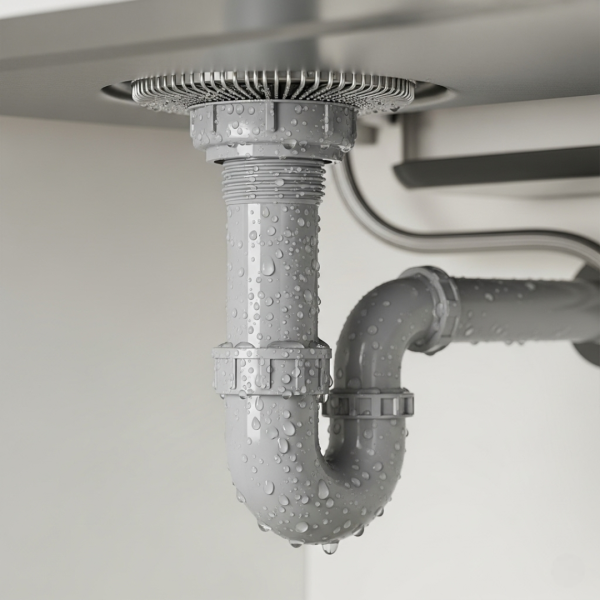
Directly beneath the strainer, you’ll find the tailpiece a straight vertical pipe that directs wastewater downward. In a double-basin sink, both tailpieces are connected by a horizontal pipe called a waste arm, which merges the water flow before it moves into the next section of the plumbing.
4. The P-Trap
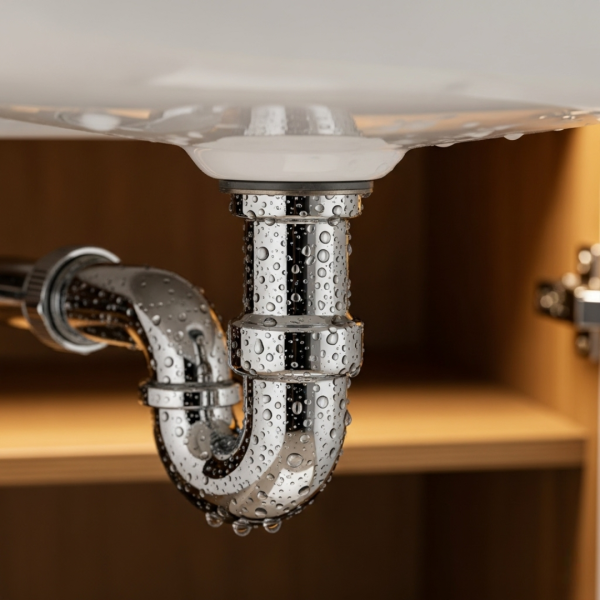
The P-trap is a curved pipe found beneath the sink that holds a small amount of water. This water forms a seal that blocks sewer gases from entering your home. Additionally, the P-trap helps trap debris that may have escaped the strainer, making it easier to retrieve small items and clean clogs without calling a plumber.
The P-trap must be installed at a correct angle and slope to function effectively. If incorrectly installed, it can lead to odor problems or poor drainage.
5. The Drain Pipe
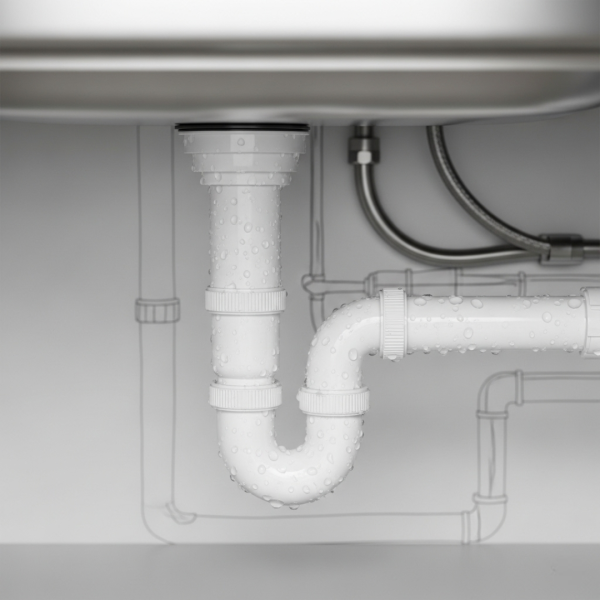
After passing through the P-trap, water flows into the drain pipe, which connects to your home’s main drainage system. The drain pipe is usually made of PVC or metal and must be securely connected to avoid leaks. It carries all used water out of your kitchen and into the municipal sewer system or a septic tank.
Regular inspection of this pipe is important, especially if you notice signs of leaking or water damage under your sink.
6. The Vent System
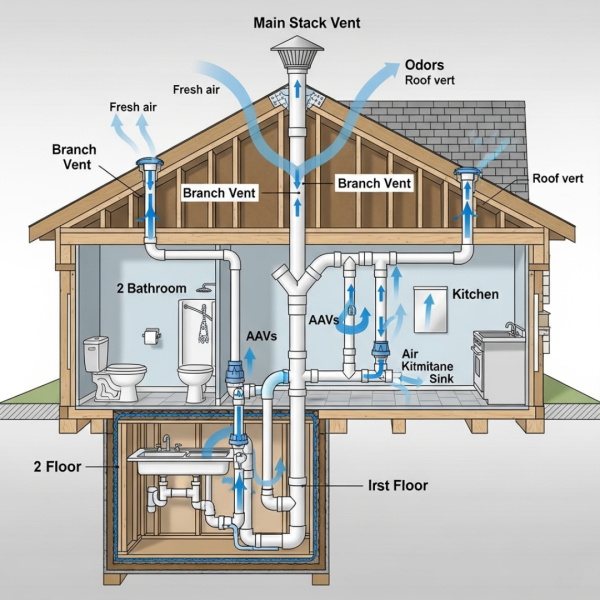
The vent system plays a behind-the-scenes but essential role in kitchen plumbing. Vents allow air to enter the drainpipes, which balances pressure and enables water to flow freely. Without proper venting, water can drain slowly, and negative pressure may siphon water out of the P-trap, allowing sewer gases to enter your kitchen.
Vents are typically connected to a vertical pipe (vent stack) that exits through the roof. In some setups, especially in modern or space-limited homes, an air admittance valve (AAV) is used as an alternative.
7. Shut-Off Valves and Supply Lines
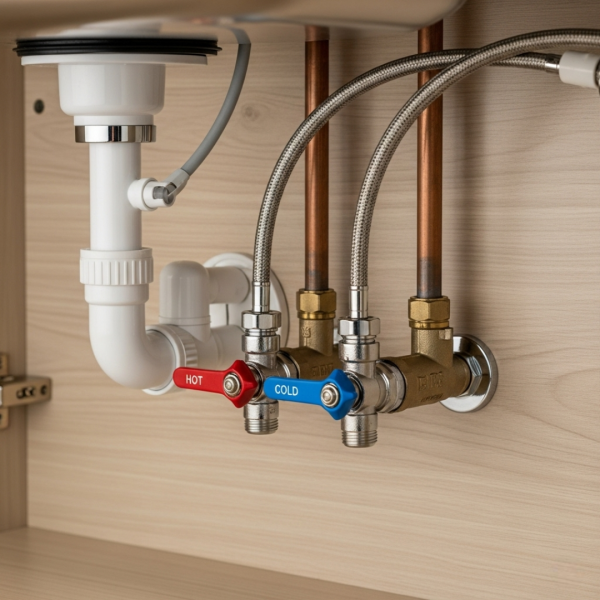
Although not part of the drain system, the shut-off valves and supply lines are important components under the sink. These valves control the flow of hot and cold water to the faucet and are connected by flexible hoses.
Learning how to operate your shut-off valves is crucial for emergencies or routine maintenance. If a pipe bursts or a faucet leaks, turning off these valves can prevent major water damage.
Having a solid understanding of your plumbing kitchen sink system is a smart step toward becoming a more informed and proactive homeowner. Each component from the sink basin to the P-trap and drainpipe plays an important role in maintaining a clean, safe, and functional kitchen.
For expert assistance or professional installation, trust the team at Benner Plumbing & Heating. With years of experience and a commitment to quality service, we’re here to help with all your plumbing needs whether you’re fixing a leak or planning a full kitchen remodel.
